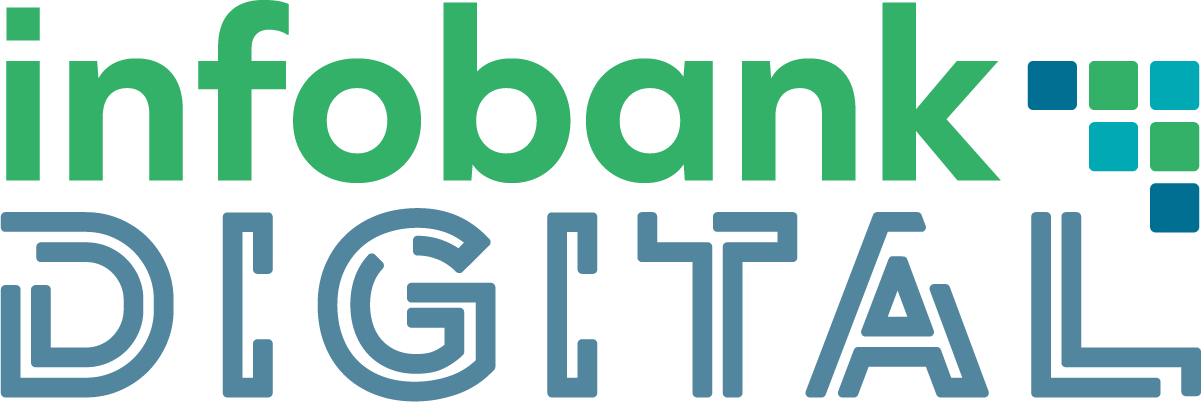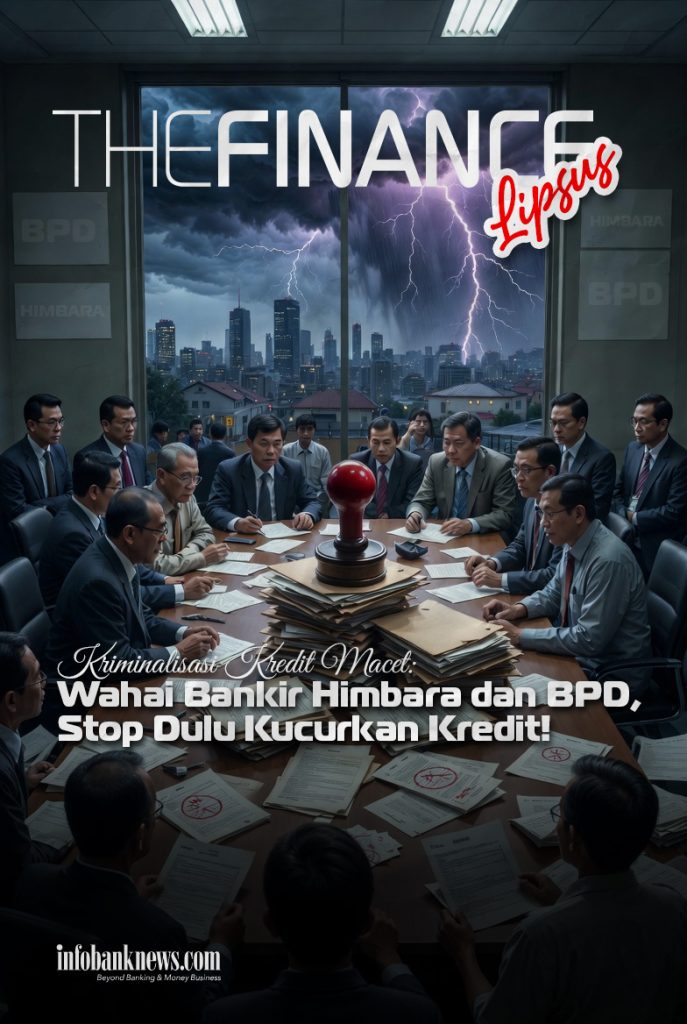By Ryan Kiryanto, Economist and Co-Founder & Expert Board of the Institute of Social, Economics and Digital (ISED)
Jakarta – The ongoing war in Ukraine that continues to this day has created great shocks in the global economic landscape. The escalating negative impact has weakened the foundations of the world economy, not only the economies of the two warring countries, namely Ukraine and Russia.
War has created supply chain disruption globally, between countries and also between regions. As a result of this supply chain disruption, the prices of goods traded across countries, across regions, and across continents have skyrocketed. This resulted in the inflation rate being pushed very high, mainly due to the increase in world oil prices which penetrated the psychological level of US$100 per barrel, followed by increases in energy and food commodity prices in general.
No wonder the annual inflation in the United States (US) had touched the level of 9.1% (June 2022), which forced the US central bank, The Federal Reserve or The Fed, to aggressively raise the benchmark interest rate (Fed Funds Rate / FFR) by 225 basis points (bps) from March to July. The effort to increase the FFR was solely to reduce inflation, and proved quite successful where annual inflation as of July had fallen to the level of 8.5%.
Policy Sync
The US central bank’s move was followed by other central banks whose countries experienced a sharp spike in inflation. Call it the European Union, Germany, and the UK. The European Central Bank (ECB) raised its benchmark interest rate 50 bps to cope with the surge in inflation that hit the region. The move, which took effect on July 27, is the first time since 2011. Prior to raising its benchmark interest rate, the ECB had indicated it would be aggressive in dealing with a spike in inflation.
ECB President, Christine Lagarde, said high inflation will be a concern of the institution month after month so as not to pose a risk. In addition to raising the benchmark interest rate, in order to maintain the economy in Europe, the ECB also launched a new bond purchase package. The package was launched to limit borrowing costs in high-debt countries in the Euro zone, such as Italy and Greece.
The ECB wants to maintain cohesion in the European Union region that uses a single currency, namely the euro. Understandably, the annual inflation in the European Union soared and had touched 9.6% in June. The spike in inflation was triggered by rising energy prices as a result of Russia’s war with Ukraine. However, they have not projected that Europe will experience an economic recession. In June’s projection, the ECB still expected the economy to grow 2.8% this year and 2.1% in 2023. Lagarde confirmed that the basic scenario would be no recession, either this year or next year.
Meanwhile, Germany’s annual inflation in June 2022 was recorded to have decreased to 7.6% from the previous month’s 7.9% which was the highest figure since the 1973/1974 winter. The June 2022 inflation was in line with analysts’ expectations and consensus of 7.6%. While, Germany’s monthly inflation in June 2022 was recorded at 0.1% or lower than the previous month’s 0.9%. Monthly inflation in June 2022 was in line with analysts’ expectations and consensus of 0.1%.
As had been projected, fuel prices declined slightly compared to previous months with the gasoline and diesel tax cuts. As a result, the inflation rate can be slightly muted. Nevertheless, at least until the end of the year Germany will still be in a high inflation trend. It is projected that the inflation rate will be around 7% by the end of the year in Germany. If there are no further crises, then inflation is likely to subside in January 2023.
The high inflation rate accompanied by limited economic growth, even slowing down in the second quarter of 2022, is indeed concerning. This condition along with the increase in energy prices and supply chain disruptions due to the effects of the war in Ukraine that have not subsided.
Germany’s gross domestic product (GDP) in the second quarter of 2022 grew by 1.7% year on year (yoy) or higher than the consensus of 1.4%. However, the growth slowed compared to first quarter of 2022 of 3.6% yoy.
It is projected that the German economy will continue to be shrouded in tension next year because inflation will remain high. The trigger is that supply will still be limited and geopolitical tensions will continue. Moreover, Russia has cut its gas supply to Germany, which is quite dependent on Russia. Understandably, Germany is the largest consumer of energy from Russia so this supply shortage has pushed prices higher in Germany.
With the ECB’s move, the British central bank (Bank of England/BoE) again raised its benchmark interest rate by 50 bps to 1.75%. The 50 bps increase in one meeting was the highest since 1995. The BoE’s decision was in line with market expectations and consensus.
The development of inflation and the pound sterling exchange rate was the reason the BoE raised its benchmark interest rate. In July 2022, UK annual inflation reached 9.4% or the highest since 1982. To reduce inflation, one way is to put the brakes on the demand side. This is the point of raising the benchmark interest rate. When interest rates are high, household and business expansion will slow down, thereby easing inflationary pressures.
Not only inflation, the BoE is also worried about the dynamics of the poundsterling exchange rate which has weakened by almost 10% (year to date/ ytd) against the US dollar since the end of 2021. The increase in the benchmark interest rate is expected to help boost the return on profits when investing in pound-based assets. This capital flow can be used as capital for the strengthening of the pound sterling.
Gloomy Forecast
The gloomy picture above has forced the International Monetary Fund (IMF) to cut its projection for global economic growth this year to 3.2%, or down 0.4% from the projection released in April 2022. This is influenced by increasing global uncertainty. The revised projection was submitted by the IMF in the latest World Economic Outlook (WEO) report in the July 2022 edition.
In the report, the IMF stated that the economic recovery in 2022 was increasingly bleak due to mounting global uncertainty. Several shocks have hit the world economy already weakened by the COVID-19 pandemic. There was higher-than-expected inflation worldwide, particularly in the US and major European economies, triggering tighter financial conditions.
On the other hand, China as the country with the second largest economy in the world experienced a worse-than-expected economic slowdown due to the surge in COVID-19 cases and the policy of regional lockdown to achieve zero COVID-19. In addition, the Russia-Ukraine war has also become a negative sentiment towards global economic growth. The IMF said that the big risk is that the global economic outlook is tilted downwards, especially with the war in Ukraine which could lead to a sudden cessation of European gas imports from Russia. In fact, inflation performance can be more difficult to bring down if the labor market is tighter than expected.
Repeating previous data, the US had recorded a spike in inflation reaching 9.1% in June 2022, while the UK experienced inflation of 9.1% in May 2022, which was also the highest inflation level in both countries in 40 years. In the European region, inflation was recorded at 8.6% in June 2022, the highest level since the birth of the monetary union. Meanwhile, in developing countries, inflation is estimated to reach 9.8% in the second quarter of 2022.
The IMF also revised the projection for global inflation throughout 2022 to be higher at 6.6% for developed countries, or up 0.9% from the April 2022 projection. Likewise, inflation in developing countries is estimated to be 9.5% in 2022, or an increase of 0. 8% of the previous projection. Global inflation has been revised upwards due to rising food and energy prices, as well as imbalances between the supply and demand sides.
On the other hand, growth in average wages has not kept pace with inflation in both developed and developing markets, thereby eroding household purchasing power. Responding to the available data, central banks from major developed countries withdrew their monetary support more firmly and raised their benchmark interest rates sooner than expected. Central banks in several emerging markets have also raised their benchmark interest rates more aggressively.
Aggressive increases in benchmark interest rates have made borrowing costs more expensive, especially in the housing sector. Rising long-term borrowing costs, including mortgage interest rates, and tighter global financial conditions have led to sharp declines in equity prices, and all of this has weighed on economic growth and businesses (corporations).
Responsiveness of the Business World
The general slowdown in the global economy certainly has an unfavorable impact on the business world or corporations. In this context, the success of a corporation in going through this bleak period will depend on the resilience it builds now, which of course requires strong and effective leadership.
Corporate leaders, chief executive officers (CEOs), must be able to strengthen the resilience of their companies to survive and grow sustainably in a dramatically changing economic environment landscape. The majority of developed countries’ economies have slumped (some are even technically entering a recession, such as the US) and a small number of developing countries have been able to survive and grow positively (among them are India, Vietnam, and Indonesia).
The history of success of the world’s top corporations shows that the best CEOs don’t wait for trouble to arrive. Corporations with strong and visionary CEOs make quick steps and bold breakthroughs to maintain productivity, and even create operational flexibility space so that cash flow, liquidity and financial conditions remain healthy.
Often times, these CEOs with measured ambitions take bold and risky breakthrough steps, namely divesting business units that fall short or lose money so that they only become a burden. Parallel to that, they also dare to acquire similar business entities or their substitutes to support their non-organic growth strategy so that the ticket size of the corporation grows rapidly.
In this context, the policy making system was adjusted to be faster, more agile, and more forward looking. In the current era of VUCA (volatility, uncertainty, complexity, ambiguity), flexibility, speed, and accuracy of decision making are key strategies to win increasingly open business competition.
On the financial side, resilience is achieved by maintaining a strong balance sheet, smooth and healthy cash flow position. The pricing policy is carried out by taking into account the purchasing power of the people who are the target market, especially considering the direction of inflation which tends to rise. Operational efficiency measures were also taken considering the potential surge in operating expenses in line with the increase in prices of raw materials, auxiliary materials, and transportation costs due to the price of fuel oil (BBM) being adjusted upwards.
Operational digitization is one option to reduce operational costs without having to reduce the number of workers who are active. Orientation to customer satisfaction remains a fixed price because business continuity really depends on the loyalty of consumers.
The use of electronic payment systems with digital payment instruments is one of the solutions to increase consumer loyalty that is oriented towards satisfaction, convenience, and security. For example, with QRIS (Quick Response Code Indonesian Standard), which is a standardization of payments using the QR Code method from Bank Indonesia (BI) so that the payment transaction process becomes easier, faster, and secure.
Maintaining the strength of operational management also needs to be supported by the availability of a productive oriented work management system. With the reopening of the mobility policy for people and goods, followed by vigorous economic activity, business refocusing is needed in view of changing consumer preferences and behavior. There are old products that are abandoned by consumers, there is also a change in the way of delivering goods to consumers from physically face to face to non-physically through digital delivery services.
The use of digitalization equipment in corporate operations must also really consider the proven security aspect because there is the potential for cyber-attack so that consumer satisfaction and comfort are maintained optimally. Satisfaction of consumers and business partners will increase the image, reputation, and credibility of the company. Furthermore, this will increase the value of the corporate brand and product brand as well as its top of mind so that it will be easily remembered by consumers and business partners.
The digitalization of the system of delivering goods directly to the final consumer has eliminated several supply chains points so that the price of goods becomes cheaper. Changes in consumer preferences like this require adjustments to the way things work. For non-producer corporations, the normal way of working either with a work from home (WFH) or work from office (WFO) system proportionally for eight hours of work per day in five working days per week can be an alternative.
However, for producer corporations that have a number of factories that produce products that are marketed directly to consumers, a full daily operation system that takes turns in three shifts must be carried out. Orientation to consumers around the clock (7 days x 24 hours concept) is the right choice so that consumers do not turn to competitors’ products.
In the case of Indonesia, the strategy to maintain the domestic market becomes important when world demand weakens. This strategy is in line with the latest IMF report which projects Indonesia’s economic growth in 2022 amid the increasing risk of recession in a number of countries.
According to the World Economic Outlook Update (July 2022), Indonesia’s economy is projected to grow by 5.3% (yoy) annually and 5.2% (yoy) in 2023. On the other hand, the IMF cut its world growth outlook this year to 3.2%, or down 0.4% from the IMF’s projection in April 2022. Thus, Indonesia’s relatively stable economic growth has become valuable capital for businesses in planning their business development strategies.
Care for Ecosystem and Environment
In the midst of the current environmentally friendly campaign in accordance with the principles of ESG (environmental, social, and governance), every business actor is required to be able to apply the ESG principle consistently and with commitment. The company’s production and administration processes must always be pursued in line with the ESG principles and regularly and continuously improve the level of compliance.
Stakeholders, especially the consumer community, will voluntarily give better attention and rewards to corporations that are obedient and loyal to implementing the ESG principles. Changes in the ecosystem and environmental landscape must be a going concern for business people so that profits can continue to grow well and sustainably while maintaining a green planet earth with all its richness and its billions of people can live in peace.
Finally, in the midst of the current world economic uncertainty, the expertise of policy makers at the government, regulator or authority level, as well as business actors is the main key to maintaining the consistency of positive, stable, and inclusive economic growth that is able to provide added value for mankind. (*)













